A lot of Muslims are unsure about ‘Is it sunnah to wear a shemagh?’ with thobe. You will notice different terms used in various regions for shemagh for it is also known as a keffiyeh, ghutrah, kufiyah, or kufiyah.
What the Sunnah Shows?
The Prophet Mohammad صلى الله عليه وآله وسلم donned accessories on his head like turbans and hats. The Sunnah says that He صلى الله عليه وآله وسلم wore a turban (imāmah) and let the ends dangle in diverse ways. He صلى الله عليه وآله وسلم additionally opted to wear a hat (qalansuwah) under or over the turban.
According to clothing records, the Prophet صلى الله عليه وآله وسلم wore the simplest garments, depending on what was available. The clothes were simple and not too fancy.
These narrations reveal that the Prophet Mohammad صلى الله عليه وآله وسلم used to wear head coverings and respectful clothes. However, none of the real narrations suggest that it is necessary to wear this kind of shemagh as a Sunnah.
Is Shemagh a Specific Sunnah?
The Yemeni shemagh is a cultural headscarf that men in regions of Arabia and worldwide use to shield themselves from the sun, sand, wind, and even the cold. It is equally a part of culture as it is useful. The keffiyeh is the first and foremost traditional head covering, with different patterns and styles according to your locality.
Scholars have debated whether the use of head coverings (imāmah, ghutrah, etc.) is mustahabb (recommended) or just a cultural norm.
Some modern scholars distinguish between turban types described in Hadith and local scarves. Whilst the turban is distinctly documented, the present keffiyeh and shemagh are more culturally associated.
Is It Sunnah To Wear a Shemagh?
Wearing a keffiyeh is not particularly mentioned as a specific Sunnah. However, in various cultures, wearing a headcover is allowed, and appreciated. These can be:
-
Turbans
-
Shemagh
-
Caps
Read: What is the difference between a thobe and dishdasha?
Ruling in Practice
If you are thinking of wearing a shemagh:
Permissible
-
There is no solid proof that wearing a shemagh is against the law.
-
If you do it with the proper purpose, you will be rewarded.
-
If someone wears it out of reverence, modesty, or to follow the example of good people from the past, it may be rewarded as other Sunnah-like actions.
Read: Why do Islamic men wear thobes?
Refrain From Exaggeration or Display
Islam instructs men and women to be humble and never show off. Your intention, behaviour, and clothing context matters the most.
The Bottom Line
So, is it Sunnah to wear a shemagh?
It is not established as a Sunnah to wear a shemagh in the same manner as it is to wear a turban in certain Hadith records. However, it is still a kind of traditional head covering that is part of Islamic dress culture.
So, even though a shemagh scarf is not mandatory, it is allowed and sometimes suggested as a sign of humility and connection to tradition, as long as it is done respectfully and without the intention of showing off.
